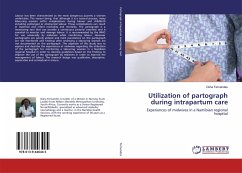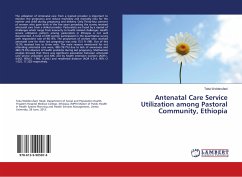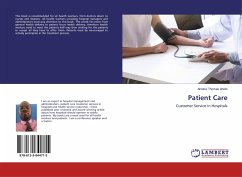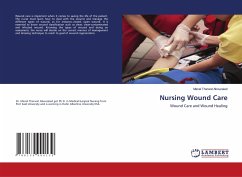
Utilization of partograph during intrapartum care
Experiences of midwives in a Namibian regional hospital
Versandkostenfrei!
Versandfertig in 6-10 Tagen
38,99 €
inkl. MwSt.

PAYBACK Punkte
19 °P sammeln!
Labour has been characterized as the most dangerous journey a woman undertakes. The reason being, that although it is a natural process, many labouring women suffer complications during labour and childbirth including prolonged or obstructed labour. These complications can result in maternal and infant morbidity and mortality. The partograph is a monitoring tool that can provide a continuous pictorial overview and is essential to monitor and manage labour. It is recommended by the WHO for use universally by midwives while monitoring labour. However partographs are poorly utilized and most para...
Labour has been characterized as the most dangerous journey a woman undertakes. The reason being, that although it is a natural process, many labouring women suffer complications during labour and childbirth including prolonged or obstructed labour. These complications can result in maternal and infant morbidity and mortality. The partograph is a monitoring tool that can provide a continuous pictorial overview and is essential to monitor and manage labour. It is recommended by the WHO for use universally by midwives while monitoring labour. However partographs are poorly utilized and most parameters on the partograph are not monitored and findings after reviewing a labouring woman are not documented on the partograph. The objective of this study was to explore and describe the experiences of midwives regarding the utilization of the partograph for monitoring a labouring woman in a Namibian regional hospital in order to develop guidelines based on the findings to improve the use of the partograph by midwives in order to improve the management of labour. The research design was qualitative, descriptive, explorative and contextual in nature.












